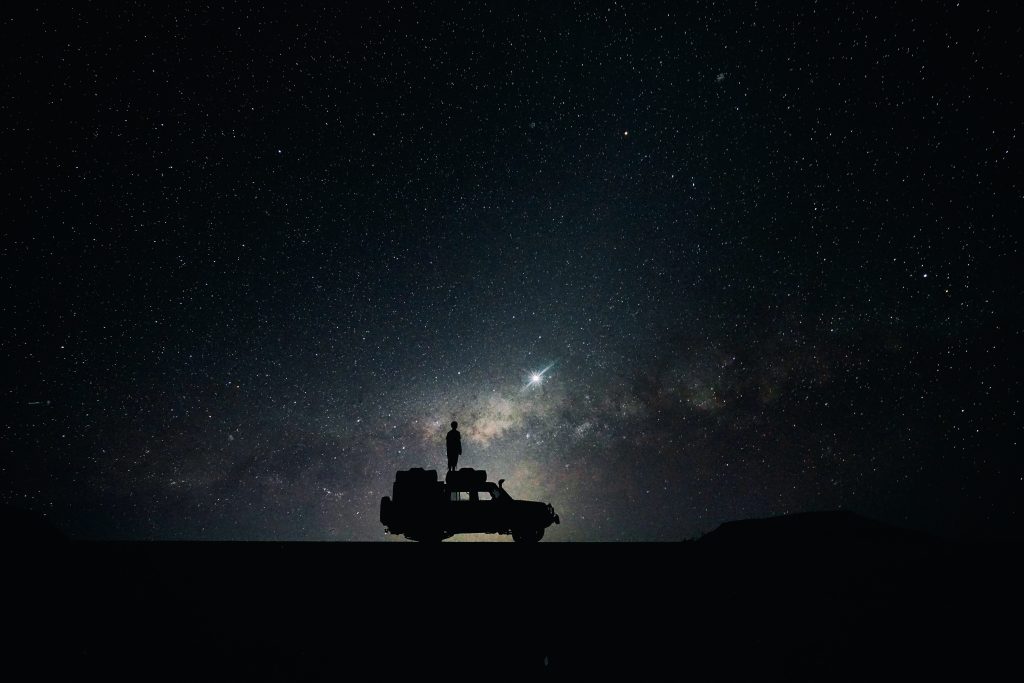Adventure After Dark: Travel Hacks for Safe and Scenic Nighttime Exploration
The magic of nighttime travel often goes unexplored because many adventurers feel uncertain about safety protocols, lack proper equipment, or simply don’t know how to discover the spectacular experiences that emerge after sunset in destinations around the world. Popular travel guides focus almost exclusively on daytime activities, leaving nighttime explorers to navigate unfamiliar territories without the knowledge needed to stay safe while accessing the bioluminescent beaches, stargazing locations, and nocturnal wildlife encounters that create unforgettable memories. The fear of the unknown keeps many travelers confined to hotel rooms during the hours when some of the most breathtaking natural phenomena and cultural experiences reveal themselves.
Adventure photographer Maya had always been drawn to capturing unique moments, but her travels felt incomplete until she began exploring destinations after dark and discovered an entirely different world of photographic opportunities and experiences. Her first attempts at nighttime exploration in Costa Rica were nerve-wracking and poorly planned, resulting in missed wildlife sightings, uncomfortable situations in unfamiliar areas, and the realization that successful night adventures required specialized preparation and local knowledge. When she learned to research nocturnal activities, invest in proper safety equipment, and connect with local guides who knew the best after-dark locations, her travel experiences transformed from ordinary sightseeing into extraordinary adventures that revealed the hidden magic of destinations worldwide.
Strategic nighttime exploration combines thorough preparation with smart safety practices and local expertise to unlock travel experiences that most visitors never discover. The most rewarding after-dark adventures result from understanding which destinations offer spectacular nighttime activities, knowing how to prepare properly for different environments and climates, and learning to balance safety considerations with the spontaneity that makes travel memorable. Effective nighttime travel planning transforms potentially risky situations into calculated adventures that provide access to starlit landscapes, nocturnal wildlife encounters, and cultural experiences that exist only after the sun goes down.
1. Plan Your Route in Advance
A safe outing starts long before you step outside. Taking time to choose the right spot is one of the smartest things you can do. Pick areas that are easy to reach, open to the public, and well-reviewed by others. If you’re heading into nature, check if the trail or park allows entry after sunset.
Using a navigation app or even satellite view can help you understand the layout before you go. Are there rest stops? Is the terrain flat or steep? These are the kinds of things to look for. You don’t need to over-plan, but you do want to avoid guessing in the dark.
And one more thing—share your plans with someone. A quick text to a friend with your location and return time adds a simple layer of safety.
2. Pick the Right Headlamp
Clear vision is important after sundown. A small light worn on your head works well because it keeps your hands free. Choose one with good brightness and a long battery life. Some also have red light modes, which are helpful for reading or staying visible without blinding others.
Many travelers use outdoor-rated headlamps made for walking, camping, or trail running. These stay in place during movement and work well in rain or cold. It’s best to get these from trusted online stores that focus on outdoor gear. Platforms like these offer better choices, details, and support. A good headlamp will be simple to use, not too heavy, and bright enough for tasks like walking or setting up a tent at night.
3. Wear Reflective or Bright Gear
Being able to see is only half the job—being seen is just as important. If your route takes you near roads, parking lots, or bike paths, consider adding a little visibility to your outfit.
Reflective vests, striped backpacks, or clip-on lights can make a big difference. Even small patches on shoes or jackets help when light hits them. Choose light-colored clothing if possible, or invest in wearable reflectors.
Think of it this way: the more visible you are, the more room others have to react.
4. Always Carry Extra Power
Even the best gear loses power, and it’s often when you need it most. That’s why having a backup power supply is non-negotiable for night trips. A few spare batteries or a small USB charger can keep things running smoothly.
Some headlamps come with built-in rechargeable ports. If you use one of those, be sure it’s fully charged before you leave—and bring a cable just in case. You don’t need a huge power bank. Something pocket-sized will do. Also, consider using dimmer settings when full light isn’t needed. It helps your light last longer and is easier on your eyes in total darkness.
5. Pack Only the Night Essentials
Night trips don’t call for heavy bags. In fact, carrying less helps you move more freely and stay aware of your surroundings. So what do you actually need?
Stick to the basics: your headlamp, extra power, water, a snack, and maybe a printed map or charged phone. Add a small first aid kit if you’re going off-road. Light layers are also smart—temperatures drop fast after sunset.
6. Slow Down and Be Present
Movement feels different at night. Distances seem longer. Sounds carry farther. That’s part of what makes these trips so memorable. But it also means it’s wise to move with care.
Take steady steps and stay aware of changes in ground texture or slope. Pause once in a while—not just to rest, but to enjoy your surroundings. Look at the sky. Listen to the wind in the trees. Sometimes, slowing down is the best part of the journey.
Step Into the Night and Discover Hidden Wonders
The world transforms after dark, revealing experiences that daylight travelers miss entirely, from meteor showers over desert landscapes to night markets bustling with local culture and bioluminescent phenomena that illuminate coastal waters. Successful nighttime exploration requires embracing a different pace and mindset that prioritizes safety and preparation while remaining open to the unexpected encounters that make after-dark adventures so memorable. The investment in proper planning, equipment, and local knowledge pays dividends in access to experiences that feel both exclusive and deeply connected to the natural rhythms of your destinations.
Nighttime travel challenges conventional tourism by encouraging deeper engagement with destinations and their unique after-dark offerings that reveal cultural and natural aspects invisible during daylight hours. The skills developed through safe nighttime exploration enhance all aspects of travel, from building confidence in unfamiliar environments to developing better situational awareness and cultural sensitivity. These adventures often become the most treasured travel memories because they provide intimate access to destinations when they shed their tourist personas and reveal their authentic character.
Your journey into nighttime exploration opens doors to travel experiences that exist beyond guidebooks and crowded attractions, creating opportunities for discovery that feel both adventurous and deeply personal. The combination of careful preparation and willingness to venture into the night transforms ordinary destinations into extraordinary adventure playgrounds where magic happens under starlit skies. When you master the art of safe nighttime exploration, you gain access to a parallel travel universe where the most spectacular experiences await those brave enough to venture beyond their comfort zones after sunset.






